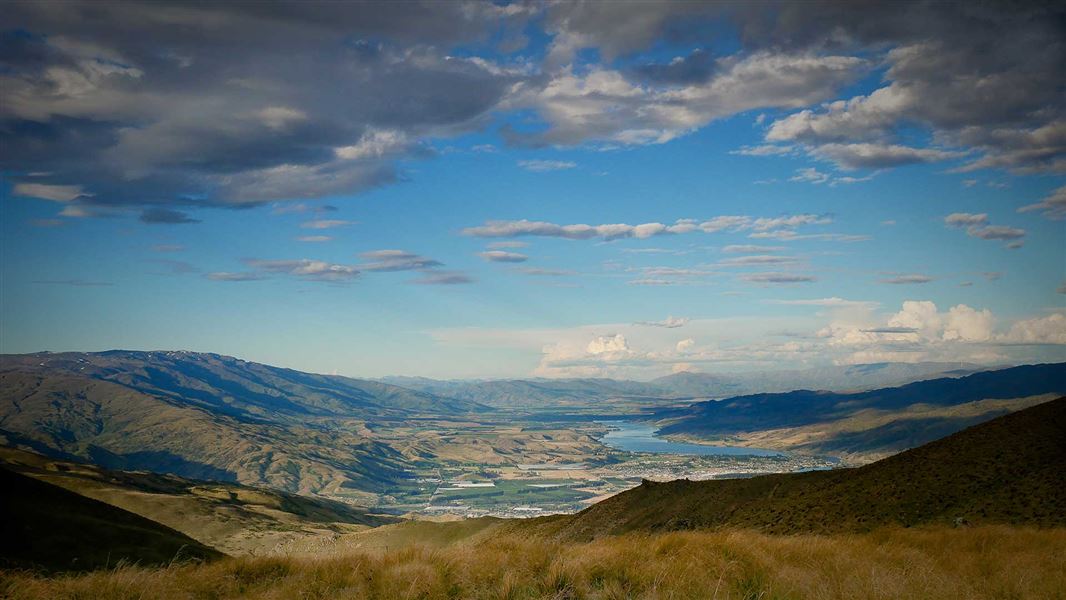
Located in Bannockburn area in the Otago region
Introduction
Rising above Bannockburn and rich in goldmining history, the Carrick Range is one of the most accessible mountain ranges in Central Otago. These tracks take you to three conservation areas and two historic reserves.Stay safe in the outdoors
- Choose the right trip for you. Learn about the route and make sure you have the skills for it.
- Understand the weather. Check weather forecasts.
- Pack warm clothes and extra food. Check gear lists.
- Share your plans and take ways to get help. Share directly or use the Outdoor Intentions form or Plan My Walk. Take a distress beacon.
- Take care of yourself and each other.